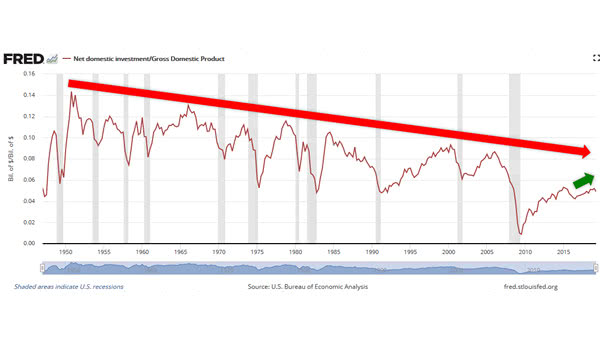When Is the Next Recession Coming?
When Is the Next Recession Coming? If history helps us to predict the future, a recession can occur when: Wage Growth minus Fed Funds Rate is below -1%. Why? Because the Fed is too tight at that moment. Since 1965, a recession has never occurred until Wage Growth minus Fed Funds Rate was below -1%…


